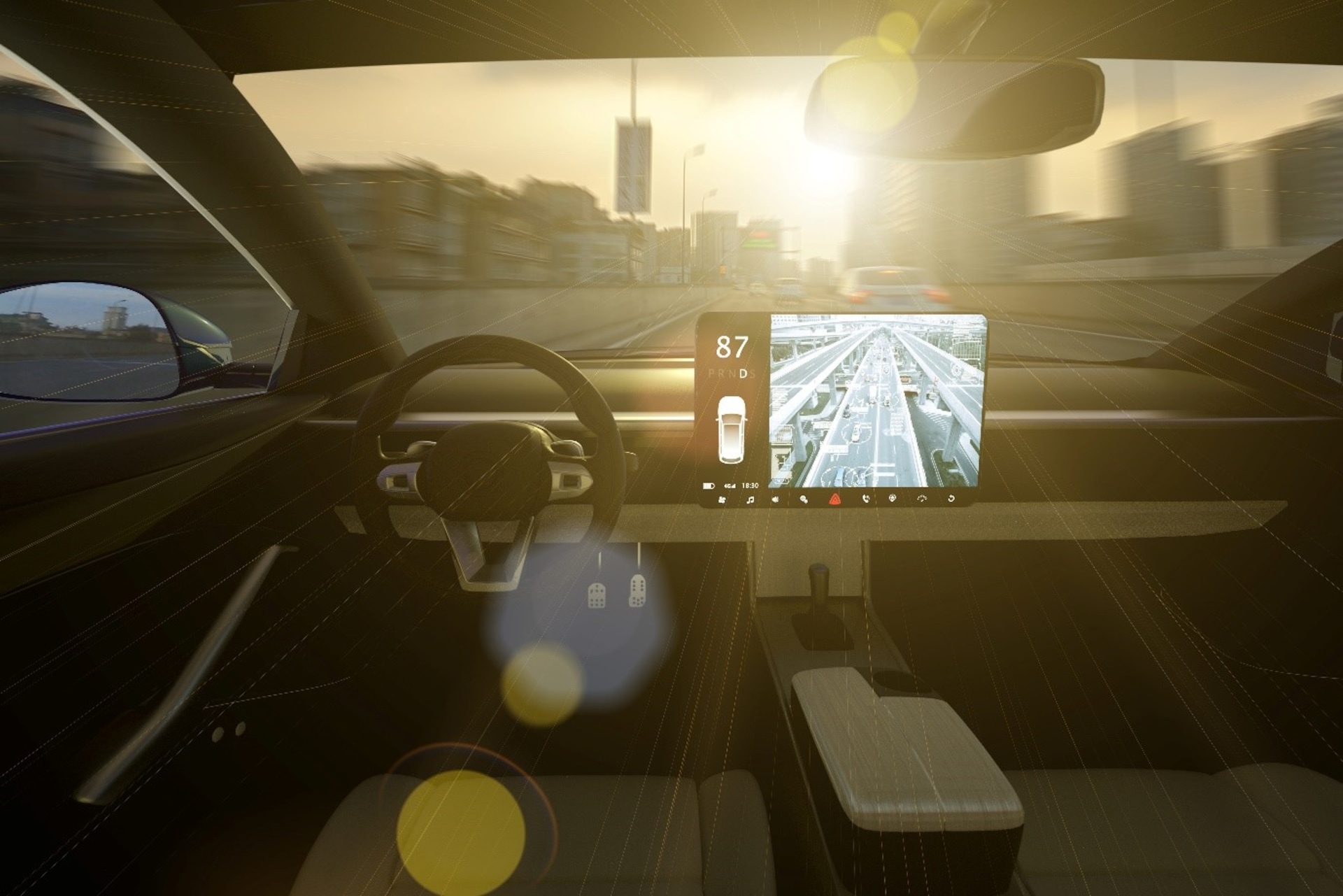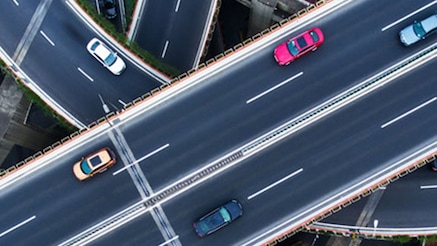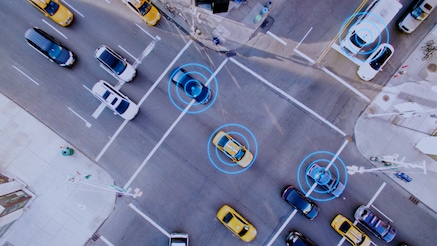5G steering the future of connected cars
19 January 2024


The concept of connected vehicles has been around for decades. As technology evolved and the automotive industry ventured into vehicular connectivity, it produced cars with the ability to display traffic updates and status information on location, fuel levels, security alarms and service history.
With time cars started to use cellular networks for real-time navigation, enhanced infotainment and access to emergency services. Market expectations accordingly changed. Customers increasingly started to perceive automobiles as an extension of their mobile device. Today, in-car connectivity is an important consideration along with a vehicle’s aesthetics, engineering and performance. However, in most cases, the network-based connectivity has been limited to the original equipment manufacturers (OEMs). Each vehicle is connected to the backend of the respective car producers and not to the greater vehicular ecosystem.
Hence it is necessary to widen the perspective of connectivity to enable a cooperative intelligent transportation system comprising all road users. Cars cannot merely just connect to the cellular network on a best effort basis. They need to be intelligent, intuitive and communicate at a guaranteed level of service, ensuring new standards in safety, efficiency and convenience.
From 4G to 5G
Modern cars come with 4G connectivity, supporting cloud-based telematics, infotainment and a host of other services. Some OEMs already use mobile networks to caution cars about congested roads, broken down vehicles, accidents or adverse weather. Taking it one step further, new initiatives to exchange advisories between vehicles of different manufacturers are currently in progress.
A major milestone in road safety was achieved after the 3GPP Rel14 standards defined an LTE-based unified Cellular Vehicle-to-Everything orC-V2X technology. It facilitates direct communication between vehicles (V2V), vehicles and road infrastructure (V2I), vehicle-to pedestrian (V2P) and vehicle-to-network (V2N), using existing infrastructure. C-V2X is being widely adopted by global policymakers and regulators, whose stated goal is zero road fatalities by 2050. A 5G C-V2X is in the works as well.
Industry experts also understood that the rapidly growing volumes of sensor and other forms of data exchanged between vehicles cannot be processed in a central location and needs to be executed locally. The answer lies in the Edge cloud, a 4G technology that will further develop in 5G. Distributed computing not only augments the reliability and security of network services for connected cars and reduces the latency for C-V2X services, but it brings to the fore new applications, too.
The 5G boost
Vehicles with embedded connectivity have presented drivers and passengers with novel features and services. Nevertheless, the real gamechanger will be 5G with its dazzling speeds, ultra-low latency and massive bandwidth. Backed by the latest advancements in Industry 4.0, the Internet of Things (IoT) and artificial intelligence and machine learning (AI/ML), it will introduce innovative use cases that will redefine on-road driving.
All-pervasive 5G networks with superior throughput, reliability and availability will change the very way vehicles are designed, built and operated. The effects will be unique and wide-ranging.
- Ubiquitous connectivity: One of the most welcoming attributes of 5G will be its omnipresent connectivity, allowing for sustained high-quality internet access for work and leisure. It will support remote diagnostics and over-the-air software updates, track performance and service schedules.
- Robust safety and security: 5G will enable real-time communication between vehicles, infrastructure, pedestrians and other road users, creating a cooperative, intelligent transport system (C-ITS) that can prevent accidents, reduce congestion and optimize traffic flow. Vehicles can share information about their location, speed, direction and braking status with each other and with traffic lights, signs and cameras, alerting drivers or autonomous systems of potential hazards.
- First-rate entertainment and productivity: Passengers will have at their fingertips high-quality infotainment services, such as streaming video, music and gaming, combined with access to cloud-based applications and data. They can enjoy immersive virtual reality (VR) and augmented reality (AR) experiences, or work on their laptops or tablets with seamless connectivity. Personalized and contextualized services, such as smart navigation, parking assistance and vehicle-to-home integration will offer exceptional convenience and comfort to drivers and passengers.
- Improved efficiency and sustainability: 5G will encourage the adoption of electric vehicles and smart charging solutions, reducing the impact cars have on the environment. For instance, it can provide real-time information on battery status, range, charging stations and optimal routes and allow wireless power transfer and vehicle-to-grid integration. 5G can support platooning, which is the formation of groups of vehicles that travel closely together at coordinated speeds, reducing fuel consumption and emissions.
- Mainstream autonomous driving: Self-driving cars is the future and 5G will be a key enabler, providing the ultra-reliable and low-latency communication that is essential for vehicles to sense their environment, communicate with other vehicles and infrastructure, and make AI-based decisions. It will even support massive connectivity of sensors and devices, creating a network of intelligence that elevates safety and efficiency and ultimately user experience.
- Smart city integration: 5G will promote the setting up of smart cities by bringing together a plethora of connectivity touchpoints including connected cars. It will aid in the smooth integration of vehicles with road signs, traffic signals, parking lots and other urban mobility infrastructure.
- Service monetization: The growing number of software-defined vehicles on the road opens possibilities for OEMs to come up with new revenue streams such as subscription-based or on-demand “as-a-service” through which a car’s features can be updated or upgraded with regular software releases.
Apart from the benefits that 5G will bring to connected cars, it is equally important to appreciate other measures that will make the smart mobility on roads a reality. For instance, the 5G Open Road program in Europe seeks to assist the plying of connected autonomous vehicles on roads open to traffic. It is a collaborative project funded by the French government combining sixteen major players in the mobility space - private and public partners, subcontractors, and academics - representing all the required segments like vehicles, roadside units, IT & telecoms and services.
These actors have signed a three-year cooperation agreement to create one of the largest connected and automated vehicles projects in Europe. Coordinated by the PFA (Automotive Platform) and Nokia, 5G Open Road is being trialled on the Saclay plateau and in the Versailles Grand Parc urban community (Île de France). The objective of the program would be to explore the benefits of 5G for road safety and the emergence of connected mobility services.
The road ahead
The automotive industry is undergoing radical changes due to digitalization with 5G being the major disruptor. It’s capacity to reshape the very foundations of vehicular transportation will be profound. As time progresses the 5G footprint is bound to expand making autonomous vehicles the new normal and taking efficiency, comfort and safety to new heights. To make the connected car a part of our everyday lives, it is crucial for the automotive and telecommunications industries to join forces. From telecommunication service providers, telecommunication equipment manufacturers to car manufacturers and their suppliers, map providers and road operators, everyone needs to be involved.
To kickstart this ecosystem, the leading car manufacturers and telecommunications companies - including Nokia - founded the 5G Automotive Association (5GAA) in 2016. Its 120-plus members aim to bring automotive and telecommunications together to harmonize and accelerate the introduction of intelligent transport and communication solutions on our roads. Driver demands and technology trends are pushing connected cars to reach their full market potential. The automobile and ICT sectors are striving create new and attractive consumer experiences and the underlying technology that will make it all work is 5G.
Read more
About Nokia
At Nokia, we create technology that helps the world act together.
As a B2B technology innovation leader, we are pioneering networks that sense, think, and act by leveraging our work across mobile, fixed and cloud networks. In addition, we create value with intellectual property and long-term research, led by the award-winning Nokia Bell Labs.
Service providers, enterprises and partners worldwide trust Nokia to deliver secure, reliable and sustainable networks today – and work with us to create the digital services and applications of the future.
Media inquiries
Nokia Communications, Corporate
Email: Press.Services@nokia.com
Follow us on social media
LinkedInTwitterInstagramFacebookYouTube


